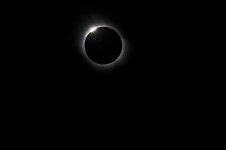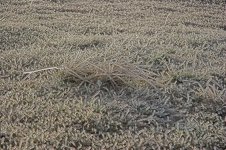The difference between digital and film is:-
Once you fire the shutter on a digital, that's it, all your data, enlargement factor is locked within the file.
Think of it as an elastic band, if you stretch (enlarge) the band it degrades the rubber, same with digital files. If you scrunch up (reduce) the band you loose nothing.
Film you choose what you want to do, enlarge 400%, 600% at whatever resolution you want, etc.
Quality wise digital is going to get better and better, but, I used to shoot 10x8” colour trannies and nothing in the digital world comes remotely near that quality.






